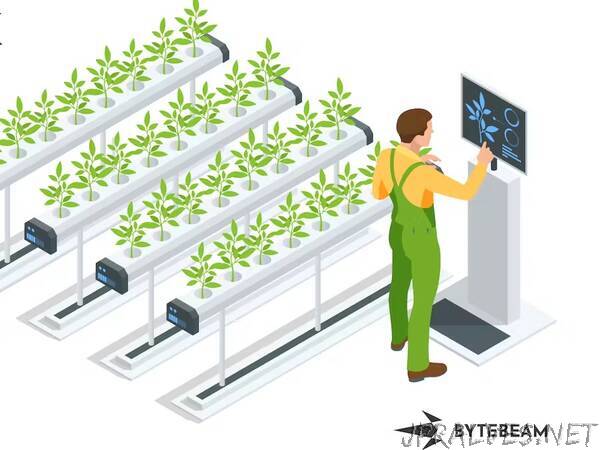
“Temperature, CO2, humidity, and light intensity are all important environmental factors that can affect the growth and productivity of plant.
Story
Indoor farming is a very often talked about topic nowadays as it critically affects plant growth and productivity of plants.
Increasing demands for high-quality produce and limited availability of arable land has forced people to rethink agriculture practices. People are exploring new areas of agriculture like indoor farming, hydroponic and aeroponic.
In indoor farming, a farmer needs to maintain an artificial environment for plant growth which has led to advancements in technology in indoor farming.
There is some critical parameter that can affect the growth productivity of plants in an indoor farm like temperature, humidity, CO2 and light intensity. By monitoring and controlling these factors, farmers can create an optimal growing environment that maximizes crop yields and quality.
- Temperature: Different plants have different temperature requirements for optimal growth. Generally, most plants grow well in temperatures between 65°F to 80°F (18°C to 27°C).
- CO2: Carbon dioxide is essential for photosynthesis, the process by which plants produce energy from sunlight. Increasing CO2 levels can enhance plant growth and productivity.
- Humidity: Humidity levels affect plant growth and can impact the spread of pests and diseases. Too high humidity can cause mould and mildew, while too low humidity can dry the plants.
- Light intensity: Light is essential for photosynthesis, and plants require different amounts of light depending on their growth stage. Indoor farmers can use artificial lighting systems, such as LED or fluorescent lights, to provide the necessary light.
Keeping in mind all the factors affecting plant yield of plant in an indoor farm. we will be going through a step-by-step guide to creating an IoT solution for indoor farms to analyze temperature, Humidity and CO2 using Bytebeam Arduino SDK and Bytebeam Cloud. In this blog, we will be demonstrating the following:
- Setting up the Bytebeam cloud console: We will go through creating an account and setting up a new project on the Bytebeam cloud console.
- Setting Up ESP32: We will set up ESP 32 and integrate sensors with it.
- Setting up Bytebeam Arduino SDK: We will install the Bytebeam Arduino library from the Arduino library manager.
- Provisioning ESP32: We will provision ESP32 using provisioning JSON.
- Connecting an ESP32 to the Bytebeam platform: We will learn how to connect an ESP32 to the Bytebeam platform and how to send data from the device to the cloud.
- Data visualization on the Bytebeam cloud console: We will explore the data visualization tools by Bytebeam and learn how to view and analyze data from the connected Arduino device in real time.
So Let’s get started.”
